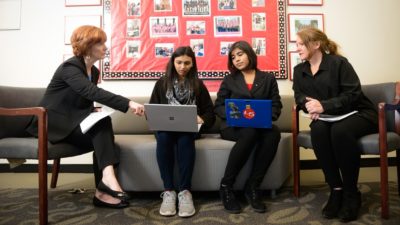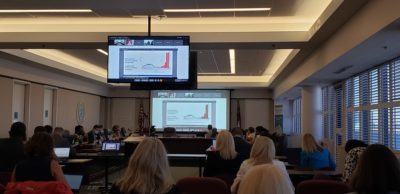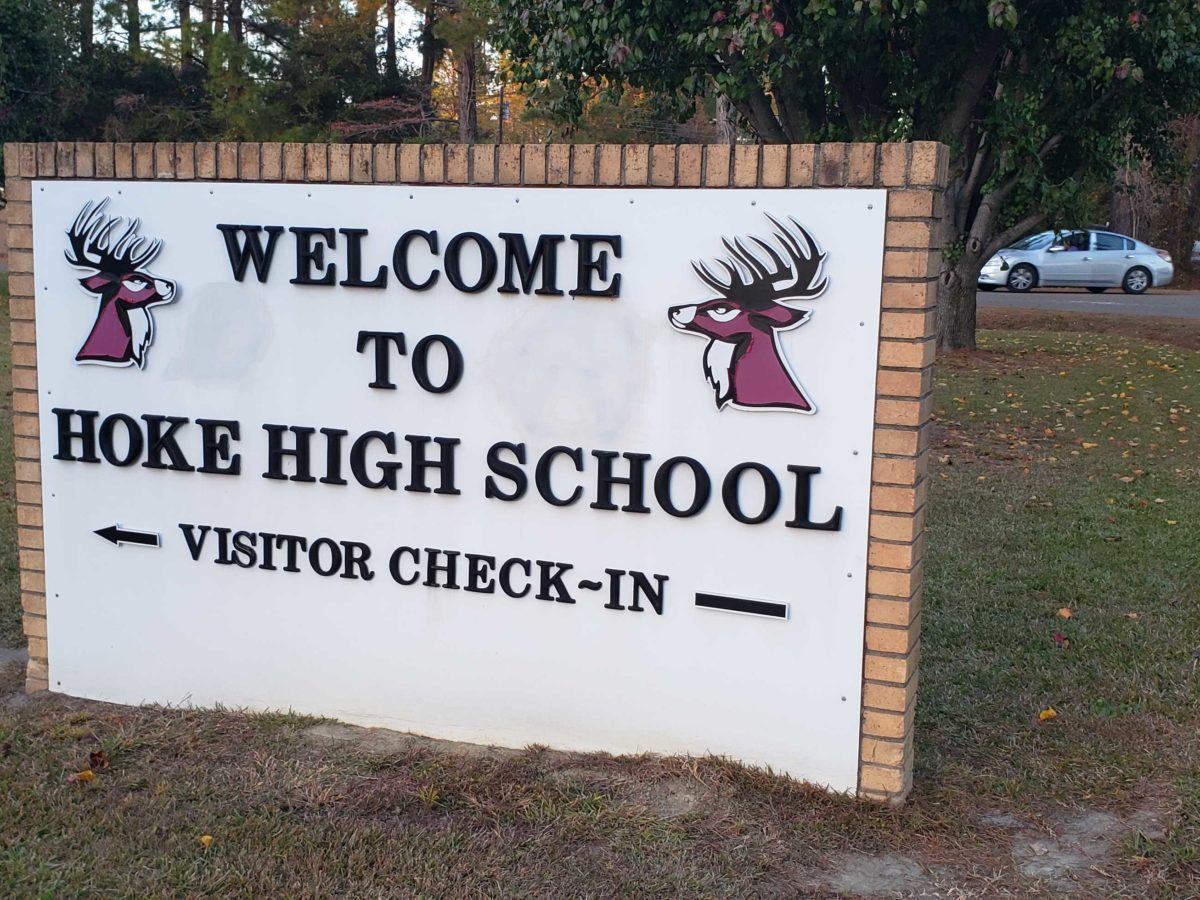
Lisa Phillips calls the last 18 months a “shockwave.”
As the state’s coordinator for the education of homeless children and youth, it’s her job to work with hundreds of liaisons across North Carolina to identify and serve students experiencing homelessness. During the last school year, when many students were learning remotely, some slipped through the cracks.
Maybe their family had to move, or they didn’t realize they had to keep attending school when the pandemic hit, Phillips says. Liaisons spent time locating the students they could and adapting their usual work to fit the new pandemic normal, like conducting home visits and trying to make sure these students had access to food, technology, and other resources.
“It was about meeting their basic needs before it was even about their education,” she said.
This year, the need has only grown. With students back in school buildings and the end of the eviction moratorium, the number of students identified has spiked.
For many of the educators who work with students experiencing homelessness, it’s a continuous question of, “What can we do?”
The role of a homelessness liaison
The McKinney-Vento Act, signed into law in the 1980s, is meant to provide rights and services to students and youth experiencing homelessness.
Among some of these requirements, each local education agency (LEA) is required to have at least one liaison. It’s the job of these liaisons to ensure that students experiencing homelessness are not only identified and enrolled in school but have the resources they need to succeed.
Phillips explained that the role of these liaisons can look different depending on their district. Districts in urban areas tend to have more resources to hire additional support staff, she said. For example, Charlotte-Mecklenburg Schools has 12 liaisons.
“Oftentimes, it can be very challenging because so many of them have many other responsibilities in the LEA,” Phillips said. “They may be assistant superintendents, they may be counselors, they may be directors of student support services — they’re overseeing the nurses and social workers, and now they’re also managing the homeless education program.”
For Dr. Peggy Owens, executive director of student support services at Hoke County Schools and her district’s liaison, that’s exactly what her job is like.
She wears a lot of hats, including managing the district’s afterschool and physical and mental health programs, alongside working with school social workers and counselors.
When students enroll in the district, they have to fill out a form, which is one of her staff’s biggest tools for identification. If a student or their family discloses that they are living with someone else, Owens said that’s a trigger to get the family in touch with a school social worker to connect them with resources.
“For those persons who are experiencing homelessness, we utilize our dollars to assist those students in terms of purchasing backpacks, toiletry items, or maybe personal items, school supplies,” she said.
Under the McKinney-Vento Act, a student is homeless if they “lack a fixed, regular, and adequate nighttime residence.” This can mean that they’re staying in a shelter, but it can also mean they’re staying with relatives or with another family, which Owens and Phillips said is one of the major scenarios.
‘The work is never done’
The social workers at Hoke County Schools say they’ve seen it all this year. After a year of remote learning, they expected challenges as students adjusted to being back in the classroom — caring for their social and emotional learning, keeping up with CDC guidelines, and their looking after their own mental health.
But the social workers say they weren’t quite prepared for what this school year has demanded so far.
This year, the district has experienced two student deaths, community member deaths, students admitted to the hospital, and a protest. One social worker said she had to fill in for a classroom teacher because of quarantines, a first in her career.
They knew their jobs were demanding, but they say this school year, anything can happen without a moment’s notice. Even during our interview, Owens had to step out to help a student who was having a seizure.
“We forget that they’ve been at home for the last year and a half,” said Russchelle Strickland, one of the high school social workers. “They’re not going to jump right back into the swing of things.”
Hoke County Schools identified 128 students experiencing homelessness during the 2019-20 school year. That number dropped the following year, like it did across the country, to 94.
Part of the challenge, Owens said, was that Hoke County doesn’t have a homeless shelter. Nearby counties do, so her team tried to figure out how they could serve these students who may be entering a more mobile living situation.
Owens’ staff set up what they call an after-three program, where social workers have designated time to meet with the families of students experiencing homelessness.
“We started the program just to make sure that parents and those families had access to us after hours, and not just while we were at school,” elementary school social worker Jeannette Flores said.
During this time, the staff can talk in-depth with families about what resources they need, such as shelters or tutoring programs.
Danelle Locklear, mental health coordinator for the district, said they often work to connect these families with resources out of the county. For example, the district works with the Lumbee Tribe to connect those families to utilities and rental assistance.
“And so finding programs like that to link them to during that time was probably one of our key things, because we didn’t see the students every day,” she said. “If we didn’t reach out and walk our families through those resources, they wouldn’t access those resources.”
While using these after-school hours allows the social workers to focus on these families, they acknowledge the strain it, along with the other stressors from the past two years, has taken on their mental health.
“The work is never done,” Flores said. “You just learn to prioritize.”
American Rescue Plan funds
Just before Thanksgiving, a large truck stopped by each school in Hoke County, taking donations to the local food bank. The school system had been doing this annual fundraiser and Walk for Hunger and Homelessness for 11 years. After COVID-19 disrupted the food drive last year, and with so much need this year, they weren’t sure what to expect.
But by the end of the morning, the first truck was already full to the brim with donated food. They had to unload and go back around to the schools to collect the last of the donations.
By the end, Hoke County Schools had 25,000 nonperishable food items donated— a district record.
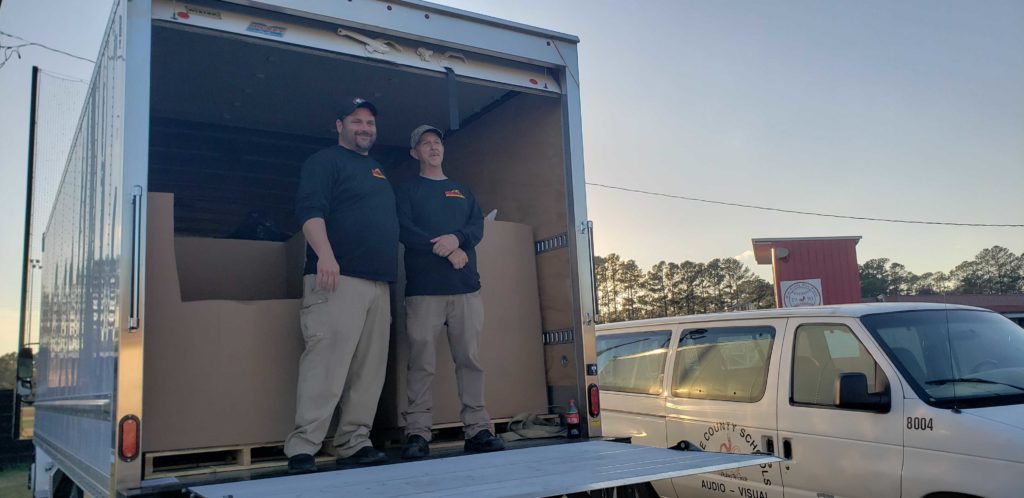
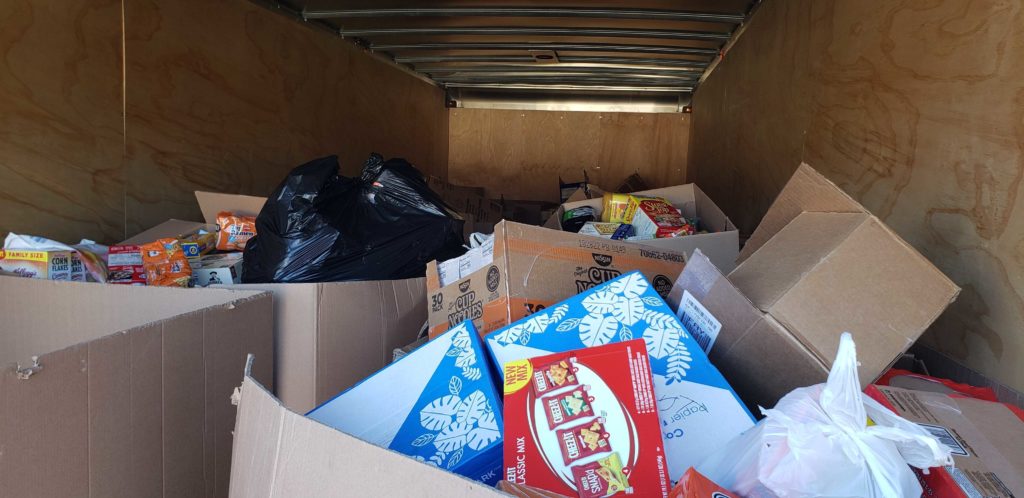
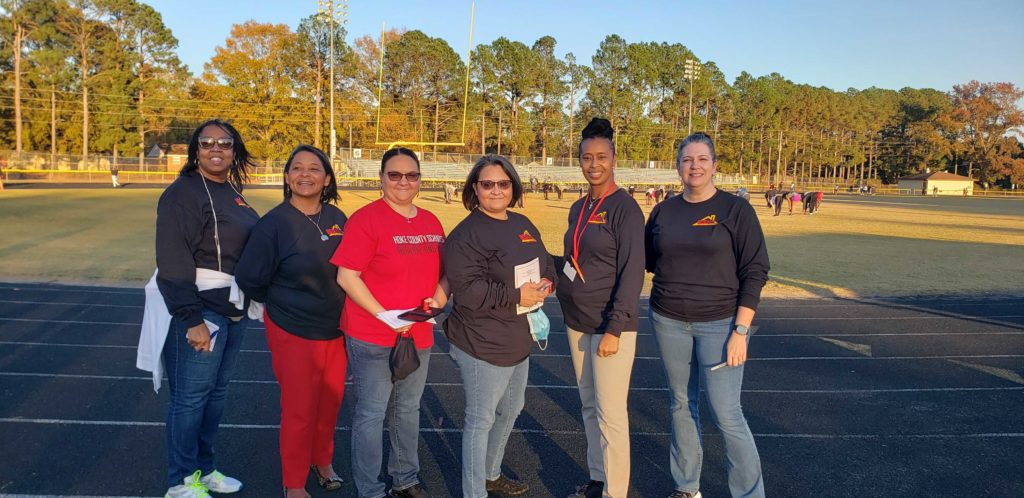
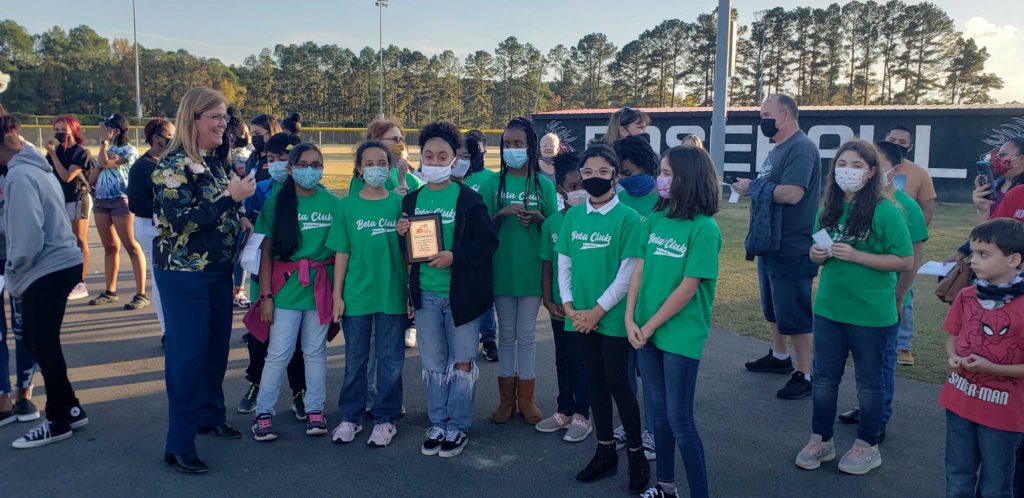
At the walk, the social workers smiled and greeted crowds of community members, elementary schoolers in matching shirts, district staff, and more as they prepared to spend the next two hours walking to raise awareness for people experiencing housing and food insecurity.
For the school’s mental health support staff, it was a brief time to celebrate.
“Everybody takes pride in it,” Locklear said, “so that’s exciting.”
In September, the State Board of Education approved the state’s plan for spending American Rescue Plan funds on homeless youth — almost $24 million over two rounds of funding, $18 million of which is going toward the McKinney-Vento Act program.
Phillips has a lot of ideas. COVID-19 thrust her and other educators into an unfamiliar situation, and now she says it feels similar to the aftermath of a hurricane.
“You know it’s on its way and then, bam, we’ve lost these resources,” she said. “So how do we get back to where we need to be to support our children?”
According to the state’s ARP Education for Homeless Children & Youth plan, some of the funds have been used to build capacity at LEAs, provide transportation for students experiencing homelessness to access summer programs, and set up collaborations to provide wraparound services. Going forward, the state wants to hire a navigator for early childhood and higher education, among other things.
Phillips emphasized that these students are not defined by homelessness; it’s just something they’re going through.
“Any one of us could be in that situation,” she said. “It just takes one fire, it takes one loss of a job and no money coming in, and the next thing you know, you’re told you can’t stay where you’re at.”


